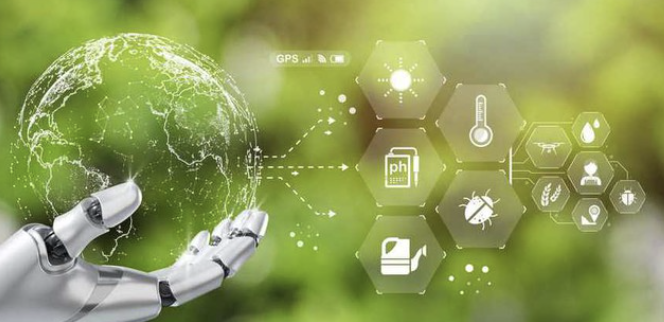Data-Driven Solutions to Environmental Challenges: Predicting and Managing Pollution with Machine Learning
Data-Driven Solutions to Environmental Challenges: Predicting and Managing Pollution with Machine Learning
Data science is playing an increasingly vital role in tackling complex environmental challenges, particularly in urban settings where pollution and resource management are major concerns. One especially promising area is the use of machine learning to predict air pollution levels. With growing volumes of data from satellites, ground sensors, traffic feeds, and weather stations, it’s now possible to develop predictive models that track and forecast concentrations of pollutants like PM2.5, nitrogen dioxide, and ozone with remarkable accuracy.
The process typically begins by bringing together data from a variety of sources—meteorological readings, traffic density, industrial output, and aerosol measurements, to name a few. This raw data then goes through a cleaning and preprocessing phase to deal with issues like missing values, misaligned time intervals, or faulty sensors. Creating useful features is a key step: previous-hour pollution levels, interaction terms (like humidity times wind speed), and spatial coordinates can all help improve the performance of the model. Once this is done, the data is fed into machine learning algorithms such as random forests, XGBoost, or more complex models like convolutional recurrent neural networks that are designed to handle both time-series and spatial data.
Evaluating these models requires splitting the dataset and testing performance using metrics like RMSE and R². It’s not just about raw accuracy—model interpretability also matters. Techniques like SHAP values are often used to figure out which variables are driving predictions. This level of transparency can be extremely useful in identifying specific conditions that lead to pollution spikes, which in turn helps urban planners and environmental agencies take more targeted actions.
Another area where data science is proving useful is anomaly detection in environmental monitoring. With many regions deploying dense networks of water, soil, and air sensors, it’s critical to be able to quickly identify when something is off—be it a chemical spill, equipment failure, or sudden shift in atmospheric conditions. Here, unsupervised models such as autoencoders or isolation forests can be trained to flag data points that deviate from expected patterns. These models are increasingly being deployed on edge devices, allowing for local processing and immediate alerts without relying on constant internet connectivity.
Integrating data from different sources is also crucial. For example, combining satellite observations with on-the-ground sensors using Bayesian models helps produce more accurate and localized environmental data, especially in areas where coverage is sparse. Methods like Kalman filtering can then be used to continuously refine predictions in real-time as new data comes in.
Finally, combining these predictions with mapping tools allows for more informed decision-making. By overlaying model outputs on geographic information system (GIS) platforms, cities can identify pollution hotspots, plan green infrastructure, or simulate how new policies might affect air quality. This kind of integration makes it easier for policymakers to see the bigger picture and act more effectively.
As environmental data becomes richer and more accessible, data-driven approaches will be central to how we monitor and respond to ecological threats. The future of sustainability is increasingly tied to our ability to extract insights from data—and to act on them intelligently.
PO-YI OU





